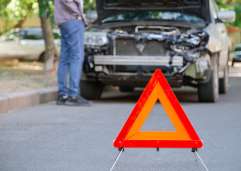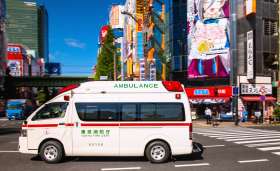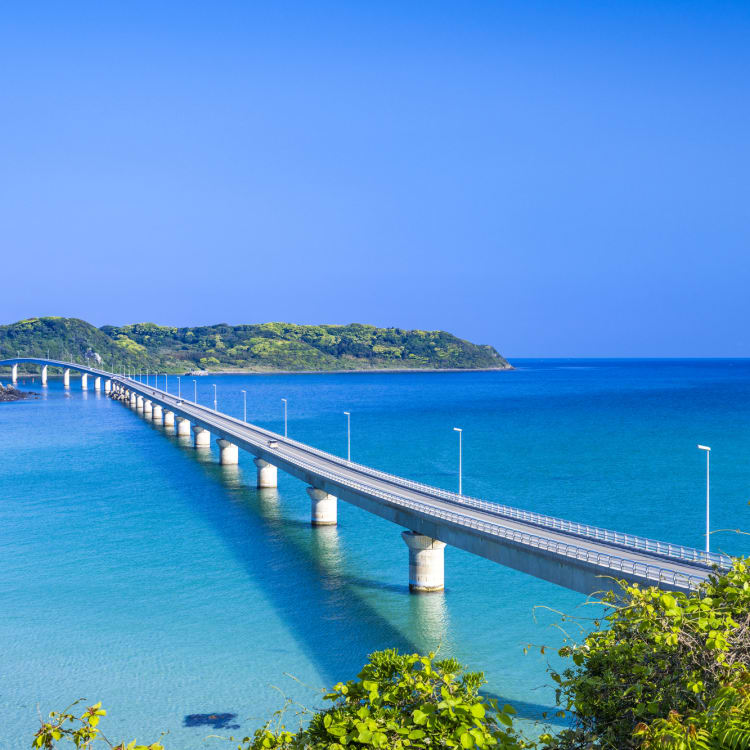
Story Things To Know Before Going on a Road Trip in Japan By JNTO On 22 June 2022
Travelling by car in Japan allows you to see the beauty of the country's diverse nature, such as cherry blossom-lined lanes and mountain routes, that trains and tour buses cannot access
You can travel any route you want and stop at anytime, making the trip more tailored to your preferences. Here are some tips to know before hitting the road in Japan.
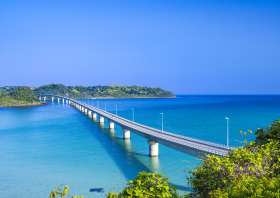

Obtaining an International Driving Permit
If you plan to drive in Japan, you must first obtain an International Driving Permit (IDP). Apply for an IDP with the Automobile Association of Singapore, either online or in-person at their office. As long as you keep both the IDP and your national license with you at all times, you will be able to drive in Japan. Foreigners with an IDP are only allowed to drive for a maximum of one year while in Japan, even if their IDP is valid for a longer duration.
Choose a Route
Proper planning is essential for a safe and comfortable road trip when you drive long distances. Make a list of places you want to visit and plan your routes ahead of time. You may also use your preferred mobile navigation app to check the roads you want to take and the driving time. Creating a plan ensures a smooth trip and allows you to make the most of your time during your stay. Check out our road trip itineraries for some inspiration.


Renting Cars
Before you hit the road, there are a few things to bear in mind when renting a car in Japan. Cars in Japan have the steering wheel on the right and drive on the left side of the road, similar to Singapore. When driving on toll roads, you have three options for payment: cash, credit card, or electronic toll collection (ETC). To utilize ETC, you need an ETC card as well as a vehicle with an ETC device so do check with the car rental provider ahead of time if they are available. You should also make sure that the cars you're renting have English navigation systems.
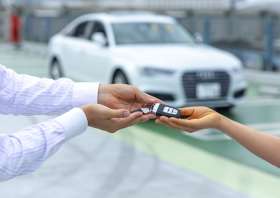
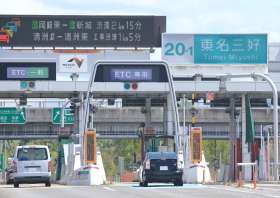
If you're travelling with a pet, check with the car rental company beforehand to see if any pet-friendly automobiles are available. It's also advisable to confirm the cost for returning the car to a different location and any other additional fees, as each company has its own pricing system.
Coin Parking
If your destination has no parking spaces available, you can try finding a coin-operated parking facility nearby. These facilities, commonly known as coin parking, can be found practically everywhere in Japan. The parking system may vary by location, but most lots are unmanned and equipped with wheel locks that keep your car in place until you pay the fee. As the name suggests, most of the lots will only have machines that accept cash, thus having some spare change on hand is essential when using these parking spaces.
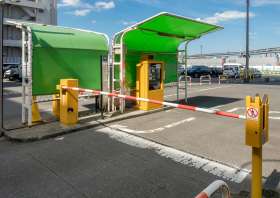
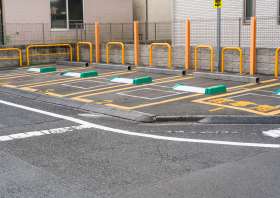
Common Road Etiquette
For a stress-free and joyful trip, it is a good idea to follow the road etiquette commonly practiced in Japan. One standard etiquette that may be confusing is the use of hazard lights. Japanese drivers will flash their hazard lights to express their gratitude when other drivers give way such as letting you switch lanes. Other etiquettes include the way people park in Japan. Due to the restricted and narrow parking spaces in Japan, drivers prefer to reverse into them as it is more convenient and safer when exiting the lot. Certain parking lots however, may have their own set of rules so keep an eye out for them when you enter one. Take our quiz on Japan’s road rules to find out more.
Plan Rest Stops
Long drives will cause fatigue and make it difficult to concentrate. Make sure to include rest stops in your itinerary. It is suggested that drivers take a 20-minute break every two hours or so. Japan is famous for its numerous Service Areas (SA) and Michi-no-Eki (roadside stations) which serve as rest areas for drivers to relax and refresh their focus. Michi-no-Eki in particular not only offer free parking, Wi-Fi and washrooms open 24/7, many also provide charging ports for electronic devices, ATM services and local produce for sale, with some even having hot spring facilities!
If you have an urgent need to use a restroom but can't find a rest area nearby, you can also head over to a nearby convenience store. Unlike Singapore, most stores come with washrooms but do make sure to ask the store workers before using them.


Pack Essentials
Aside from the very essentials that you cannot go on the road without, such as your license and IDP, these items will help you have comfortable rides. First, always carry cash with you. Sometimes cashless payment is not available at a parking lot or a toll booth, and you may need some change to pay for the fee. It's also crucial to stay hydrated while driving. Remember to keep water bottles on hand and sip regularly. On sunny days, don't forget your sunglasses for better visibility.

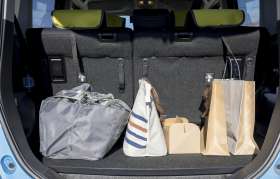
Take Public Transport if needed
Your trip does not necessarily have to be completed all by car. You can always use public transport when it is the easier way. There may be road closures and traffic congestions, and not all tourist attractions have sufficient parking. In such cases, taking a bus or train can be a better option than sticking to driving throughout the itinerary. In addition, car rentals are available at most of the country's major train stations. Enjoy your vacation to the fullest by taking advantage of both driving and public transportation.
In Case of Emergency
Try as you may, travel mishaps are sometimes unavoidable. If you are involved in an accident, dial #110 to contact the police, regardless of the severity of the situation. If anyone was injured in the accident, dial #119 to request an ambulance. You should also get in touch with your car rental provider for advice on what to do. Check for location markers, posted every kilometre on the highway, if you're having trouble stating your location when calling for help. Set up an emergency triangle or other warning markers behind your car if your car breaks down on the highway to notify approaching drivers.
